The incidence of myopia, the ability to only see short distances (nearsightedness), is increasing worldwide. In the United States, the incidence in ages 12-54 has doubled in the last 30 years to almost 40%.1 In some Asian countries the incidence is 80-90% by adulthood. By 2050, it is predicted that half of the world’s population will by myopic.
Why is this important? Increased myopia carries with it significantly increased risk of ocular disease including cataracts, retinal detachment and myopic maculopathy.2 This increased risk is already evidenced by increasing rates of vision impairment and blindness seen in Asian countries.3
Here are some additional startling facts:
- Low amounts of myopia doubles the risk of myopic macular conditions and posterior cataracts and triples the risk of retinal detachment compared to normal eyes.
- As the condition progresses, the risk of posterior cataracts more than triples and the risk of retinal detachment and myopic maculopathy is more than nine times greater than a normal eye.4
- Children with one myopic parent have a three times greater risk of myopia development and six times higher risk if both parents are myopic compared to peers who do not have this history.5
- Children that exhibit less than less than ½ (+0.50) diopters of hyperopia at ages 6 and 7 exhibit the highest correlation with myopia onset and the fastest progression of myopia.6
With these considerations, myopia as an independent lifetime risk is second to age when it comes to cataracts and glaucoma.7
There are currently three treatments that have been shown to reduce the progression of myopia. They all work to reduce the progression by reducing the growth of the axial length of the eye. Longer axial length (a larger eye) causes thinning of the retina and increased complications.
Orthokeratology: Children wear a special corneal reshaping contact lens. This lens corrects myopia as well as reduces progression. No glasses or contacts are required during the day.7, 8
Soft multifocal contact lenses. Special multifocal lenses that defocus the periphery have been shown to reduce progression.9 This is also effective, but not quite as effective as night lens therapy or pharmaceuticals. It is best suited for children that exhibit a binocular problem called esophoria.
Pharmaceutical cycloplegia. Prescription eye drops that mildly inhibit accommodation have also been shown to reduce myopia progression (about as effectively as night lens therapy).10 The drops are very low dose but can cause pupillary dilation and occasionally issues with focusing.
Myopia is a lifelong financial burden. Current estimates are $709/year:11 however, this pales in comparison to the cost of vision impairment and blindness to affected people, their careers and society which is upwards of $12,000 annually and increases with the severity of the vision impairment.12
Only parents and informed eye care providers can intervene to minimize myopia and in turn reduce the complications.
Dr. Evans is the founding owner of Evans Eye Care in Palm Desert and can be reached at (760) 674.8806 or online at www.evanseyecare.com.
References available upon request







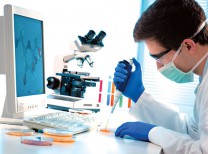
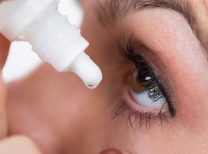


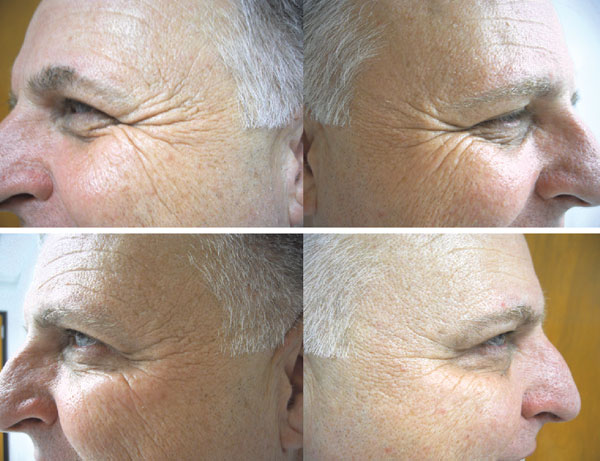

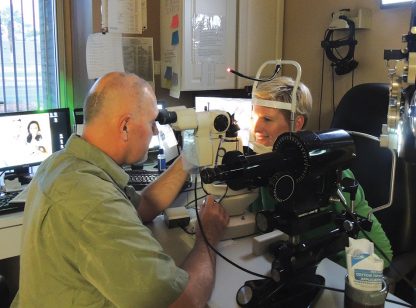





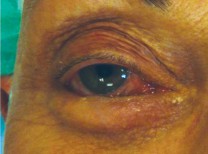




























Comments (0)